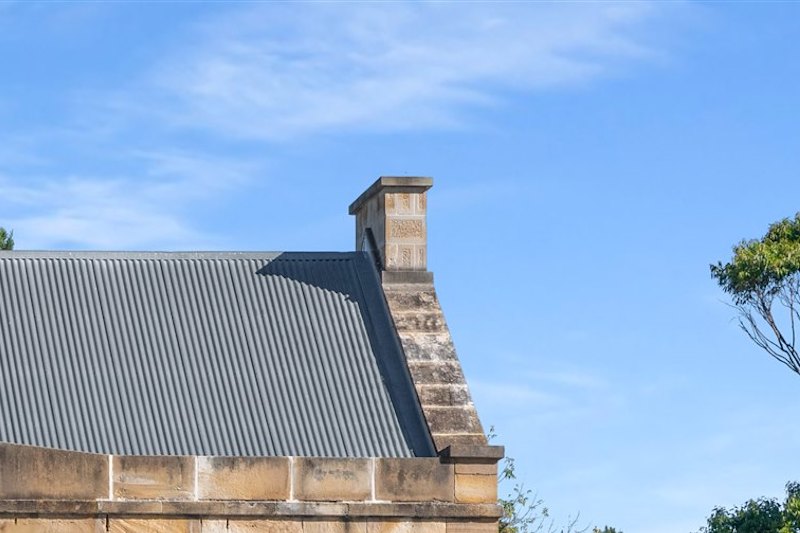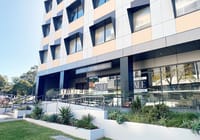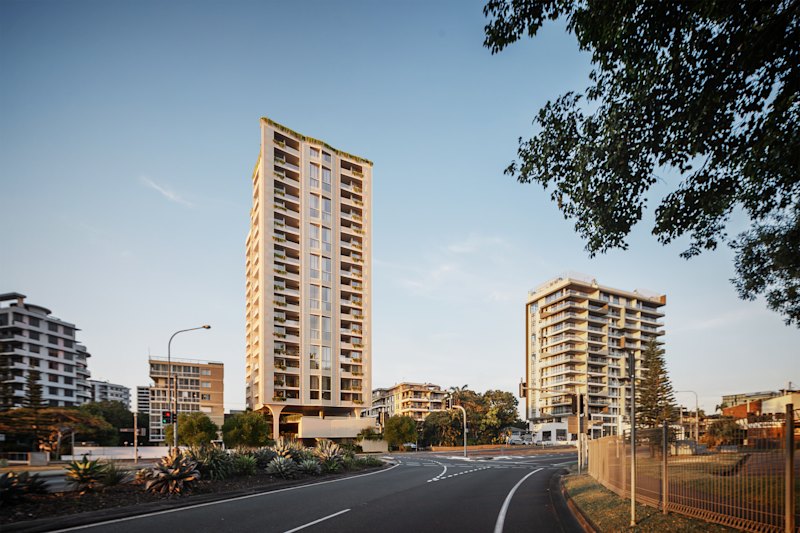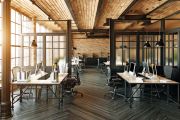
How the future of work is shaping commercial real estate's office sector
With so many businesses putting so much effort into enticing staff back to the office, the role of that office is changing dramatically in a post-COVID world.
“Companies are now looking for better quality buildings with good amenity and access to transport to make it easier for people to come back to the office,” says Dustin May, director of office leasing at Cygnet West in Perth.
“They’re having to make the office environment, and spaces, much more appealing than perhaps they used to be. Then, we’re seeing investors looking for those buildings that fulfil that brief, the kind of ones that can value-add to the experience of working in them, with side-cores for lifts so you can see across the whole office, large floor plates so most employees can be on the same level, and flexible spaces within those.”
The buildings most in demand from tenants – and thus becoming the very best kind of investments – are the ones that offer plenty of natural light, pleasant workspaces, good views if possible, end-of-trip facilities, wellness centres, outdoor areas, gyms, access to childcare and food and beverage on the ground plane.
In Melbourne’s Mulgrave, for example, a new head office for developer Carlisle Homes has just opened – complete with open-air meeting facilities, a fully stocked staff kitchen and dining area, a rooftop tennis court, child-friendly rooms, pet-friendly areas and old-school and new-age gaming rooms.
“The office is no longer purely a physical location; it’s an extension of people’s home life, a hub where we come together and connect to do those things we have missed in a virtual world,” says company founder and managing director John Doulgeridis.
“The internal design and fit-out have a very welcoming and luxurious, five-star hotel quality feel. We want our people to be engaged and inspired to do their best work.”
It’s a flight to quality that’s being witnessed across Australia now, confirms Antonia Foweraker, head of office leasing NSW with Cushman & Wakefield.
“Businesses are not necessarily taking more or less office space; they are looking to create exciting, creative and cool workspaces to encourage people back to the office.”
“Buildings that offer the most amenities with auditoriums, meeting rooms and quiet areas are in big demand, especially when they can offer flexible lease terms to less established businesses that might be more uncertain about the future and just want a short lease of two to three years.”
The offices that can offer fit-outs, too, are in demand from tenants, and then investors, especially with prices of materials now so high, and wait times so long. Older buildings retro-fitted in a contemporary style are also popular with both groups.
Kiran Pillai, senior director capital markets at CBRE, sees investors also favouring buildings that offer a good variety of areas for larger and smaller tenants alike. “The buildings that are the most successful are those that offer great opportunities for tenants and occupiers to engage with their premises with lots of collaborative spaces,” he said.
“They want chances to interact more across the floor plate, and get around each other, rather than just a space to socialise. They also want facilities like wellness so they can enjoy those workplaces rather than stay working from home.”
Quick take
“Tenants are looking to upgrade their office space more than ever, aiming to improve the workplace environment to attract and retain staff by enticing them back to the office,” Martin Potter, Head of Leasing, Knight Frank South Australia










